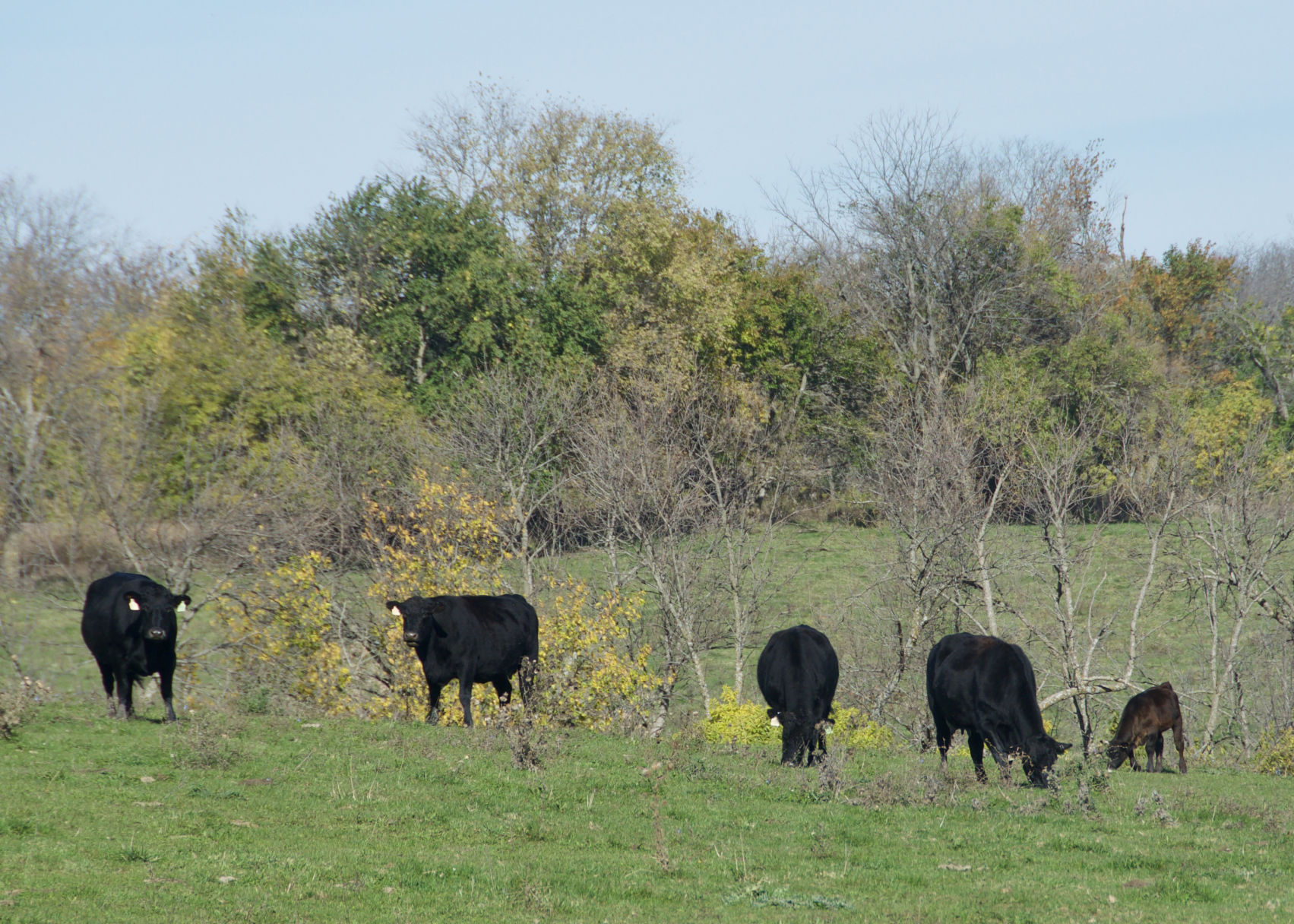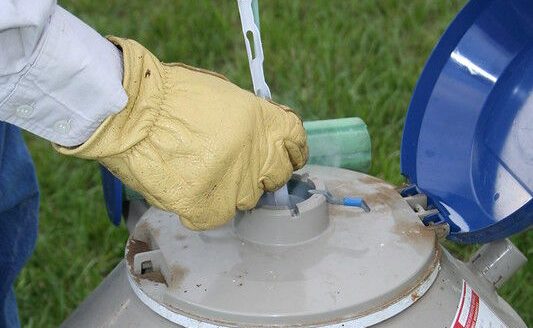A continuous amount of data is available for seedstock producers to learn more about making improvements in their herds.
University of California-Davis Extension beef specialist Alison Van Eanennaam said performance, progeny and pedigree are all taken into account when Expected Progeny Differences are calculated for each breed. That leads to greater accuracy and better decisions for buyers. “The way we calculate EPDs now is 5 to 10 times more accurate than selection based upon index performance and ratios,” Van Eanennaam said.
But how to interpret all this data? Cattlemen need to be sure to know the basics about EPDs before they decide what is important to their herd, said University of Nebraska Extension beef specialist Matt Spangler. Learning how to read EPDs and what they mean can make a huge impact on what animals are included in improvements.
“Sometimes people focus on birth weight. When selecting a bull to use on heifers, a more important trait is if the calves are born unassisted. Birth weight is a part of that, but calving ease direct will give you a better idea of what bulls to use,” said Van Eanennaam.
This data is the best estimate available on genetic potential of an animal, but EPDs can change quickly. Van Eanennaam stresses the importance of properly reading EPDs and looking for updates in order to know how an animal’s data has changed, especially sires used in artificial insemination.
Calving ease direct is related to the level of assistance needed during a calving event. While producers may want to decrease birth weight in an attempt to reduce calving problems, birth weight does not have a direct revenue source or cost associated with it.
“Economically relevant traits are those that are directly associated with either a cost or a source of revenue. The genetic correlation between calving ease direct and birth weight is only between -0.6 and -0.8,” said Van Eanennaam. “Birth weight is an indicator trait for calving ease direct.”
In some data sets, cattle can be selected by putting parameters in the selection tool to find the animals that meet what the breeder is looking for.
“It is so important to not single-trait select because then a herd may lose part of what they are trying to improve,” said Van Eanennaam.
Animals may share information through relatedness in a pedigree. As the relationship decreases between animals, so does the amount of information that is shared.
Spangler said traits are genetically correlated with each other. Early growth traits—birth weight and weaning weight—are correlated to yearling weight. As the genetic correlation decreases between traits, so does the amount of information that is shared.
“EPDs are possible without a phenotype measured on an individual,” said Spangler. “The initial example is a pedigree index EPD. Half sire EPD plus half dam EPD. Accuracy is impact if the animal does not have a phenotype themselves.”
Spangler said milk EPDs should be used carefully. “While weaning weight is a source of revenue, maternal weaning weight is also a source of cost. Cows with greater genetic potential for lactation need more nutrients even when they are dry,” said Spangler. “Caution should be used when choosing bulls to produce daughters in limited feed environments.”
Knowing what your cowherd’s potential is and what resources will be needed is important. Additional information and data can increase accuracy, but it will also make some EPDs go up while others go down.
“Accuracy is not precision. Variation is not a bad thing, particularly if you are a seedstock producer,” said Spangler. “EPDs are only one tool that can be used in animal selection. Genomic information can speed up the rate of accuracy of data, but animal selection requires focusing on more than one trait.”
Jennifer Carrico can be reached at 515-833-2120 or [email protected].



